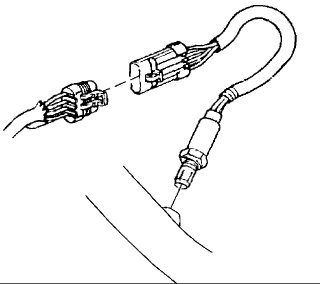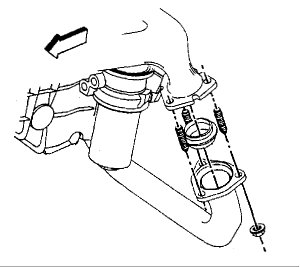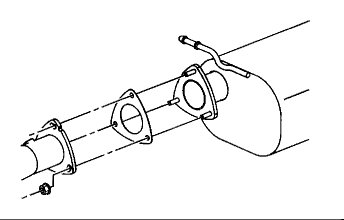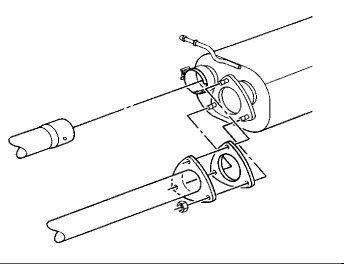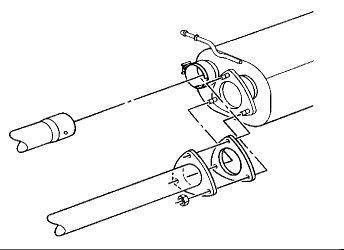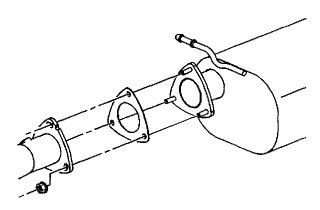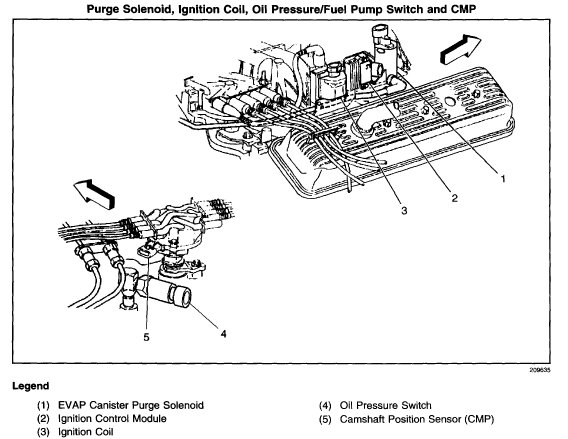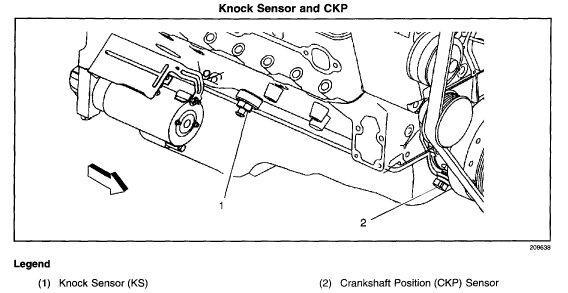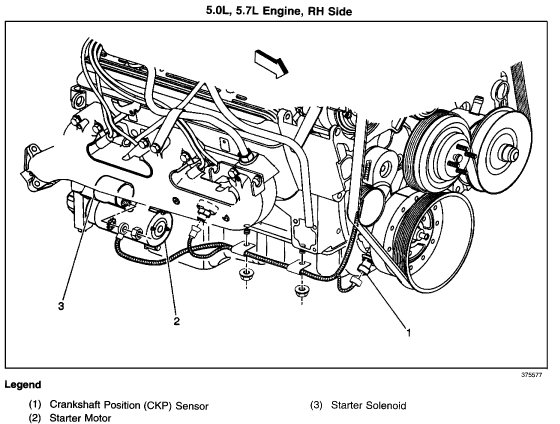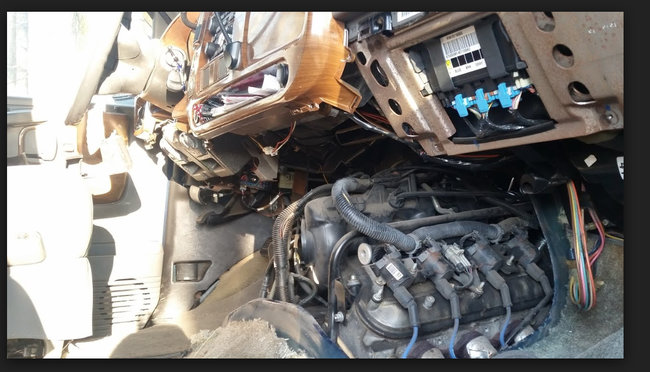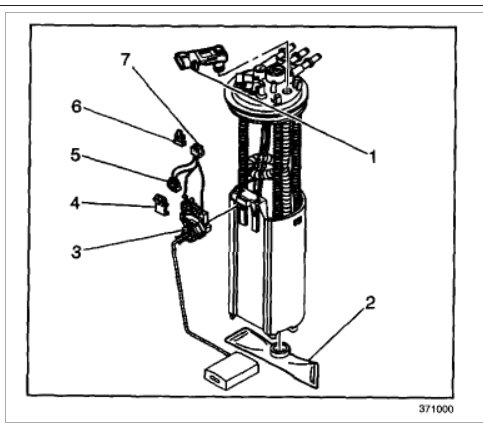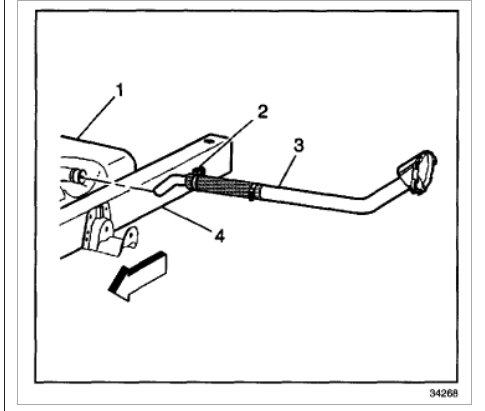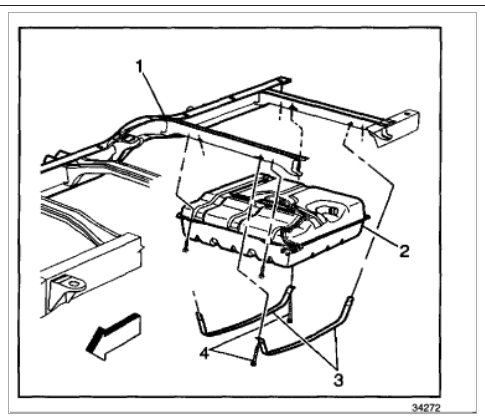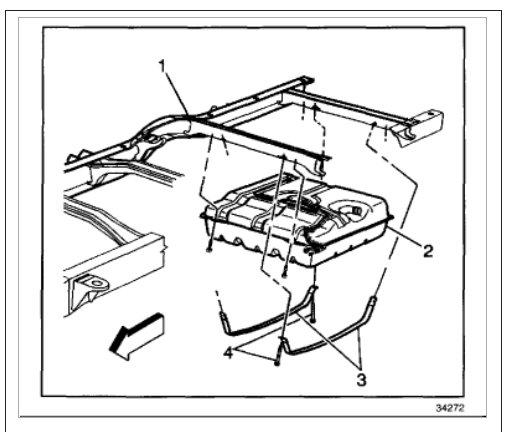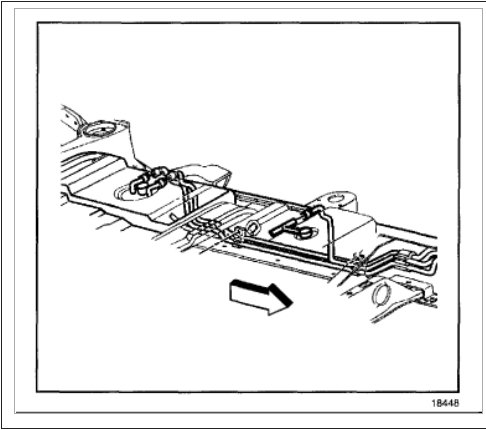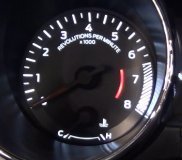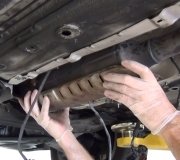Hi and thanks for using 2CarPros.com. First, it sounds like you have already done a lot and have eliminated many possible problems. The fuel pressure you indicated is correct, so that is not the problem. Since the problem seems to be under a load, the fuel pressure is correct, and the engine is properly tuned, that makes me question back pressure in the exhaust. My first questions is the catalytic converter being partially plugged.
Here is a video related to checking a catalytic converter:
https://youtu.be/kNXh1Lphzr4
Here is a list of symptoms:
https://www.2carpros.com/articles/bad-catalytic-converter-symptoms
General directions:
https://www.2carpros.com/articles/catalytic-converter-replacement
If you determine the converter is a problem, the following are the directions for removal and replacement specific to your vehicle. I have also attached pictures to help guide you.
Removal Procedure
Raise the vehicle. Refer to Vehicle Lifting.
Remove the transmission support.
Disconnect the Oxygen Sensors (02S) and Heated Oxygen Sensor (H02S) electrical connections from the wiring harness.
Caution: Refer to Exhaust Service Caution in Service Precautions.
Caution: Refer to Protective Goggles and Gloves Caution in Service Precautions.
Important: If equipped with dual catalytic converter pipes, and removing only the right catalytic converter, the left catalytic converter does not require removal. If removing the left catalytic converter both catalytic converters require removal.
Remove the nuts and the seals retaining the catalytic converter pipes to the exhaust manifolds.
If equipped with single catalytic converter pipe, remove the nuts retaining the catalytic pipe to the muffler. Depending on the vehicle configuration the flange may be a 2 bolt or 3 bolt flange.
Remove the catalytic converter pipe flange gasket.
Remove the catalytic converter pipe from the vehicle.
If equipped with 2 catalytic converter pipes, loosen the clamp securing the right catalytic converter at the front of the muffler.
Remove the right catalytic converter pipe from the muffler and the vehicle.
Remove the left catalytic converter pipe retaining nuts and gasket from the muffler flange connection.
Remove the left catalytic converter pipe from the vehicle.
If replacing the catalytic converter, remove the oxygen sensors as necessary.
Installation Procedure
If removed, install the oxygen sensors as necessary.
If equipped with 2 catalytic converter pipes, install the left catalytic converter and gasket to the muffler flange.
Install the nuts for left catalytic converter to muffler. Do not tighten the flange nuts.
Install the right catalytic converter into the muffler.
Install the right catalytic converter clamp. Do not tighten the clamp.
If equipped with a single catalytic converter pipe, install the pipe with a new gasket to the muffler flange. Do not tighten the flange nuts.
Install a new seal and the catalytic converter pipe to the exhaust manifolds.
Notice: Refer to Fastener Notice in Service Precautions.
Install the nuts retaining the catalytic converter pipes to the exhaust manifolds.
Tighten the catalytic converter pipe to exhaust manifold nuts to 65 Nm (48 ft. lbs.) .
Verify that the exhaust system is properly aligned and tighten the right catalytic converter clamp to 54 Nm (40 ft. lbs.) .
Tighten the catalytic converter to the muffler nuts to 48 Nm (35 ft. lbs.) .
Connect the Oxygen Sensor (02S) electrical connection.
Install the transmission support.
Notice: Refer to Exhaust System Inspection Notice in Service Precautions.
Verify the exhaust system for proper clearance and the alignment of all components.
Lower the vehicle.
I hope this helps.
Cheers,
Joe
Images (Click to make bigger)
Thursday, May 10th, 2018 AT 7:32 PM
